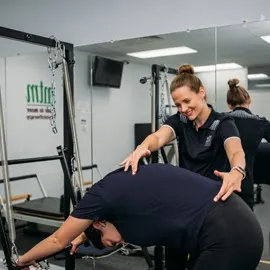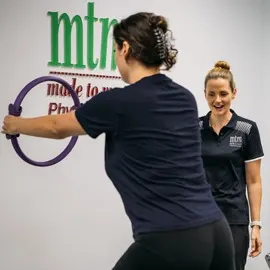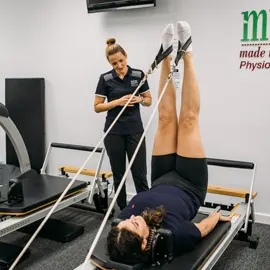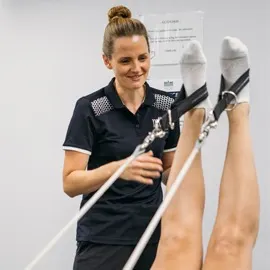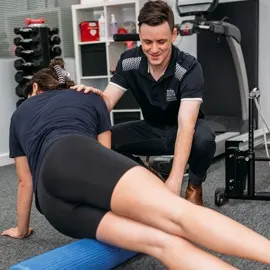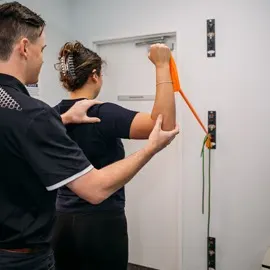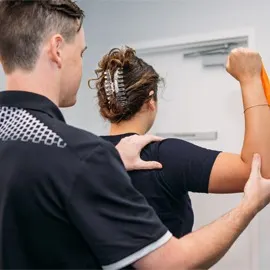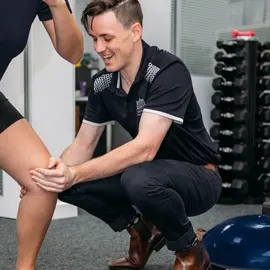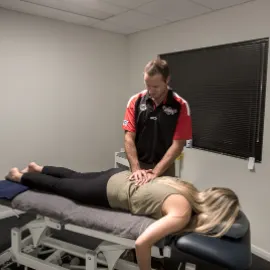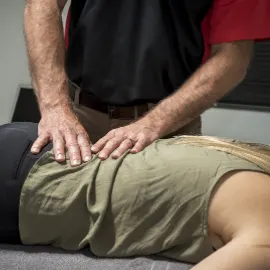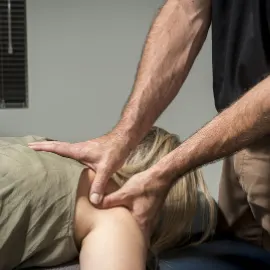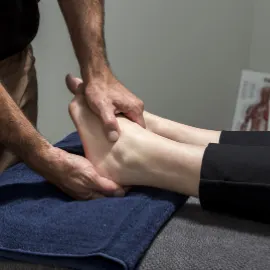Greater Trochanteric Bursitis or Gluteus Medius Tendinitis
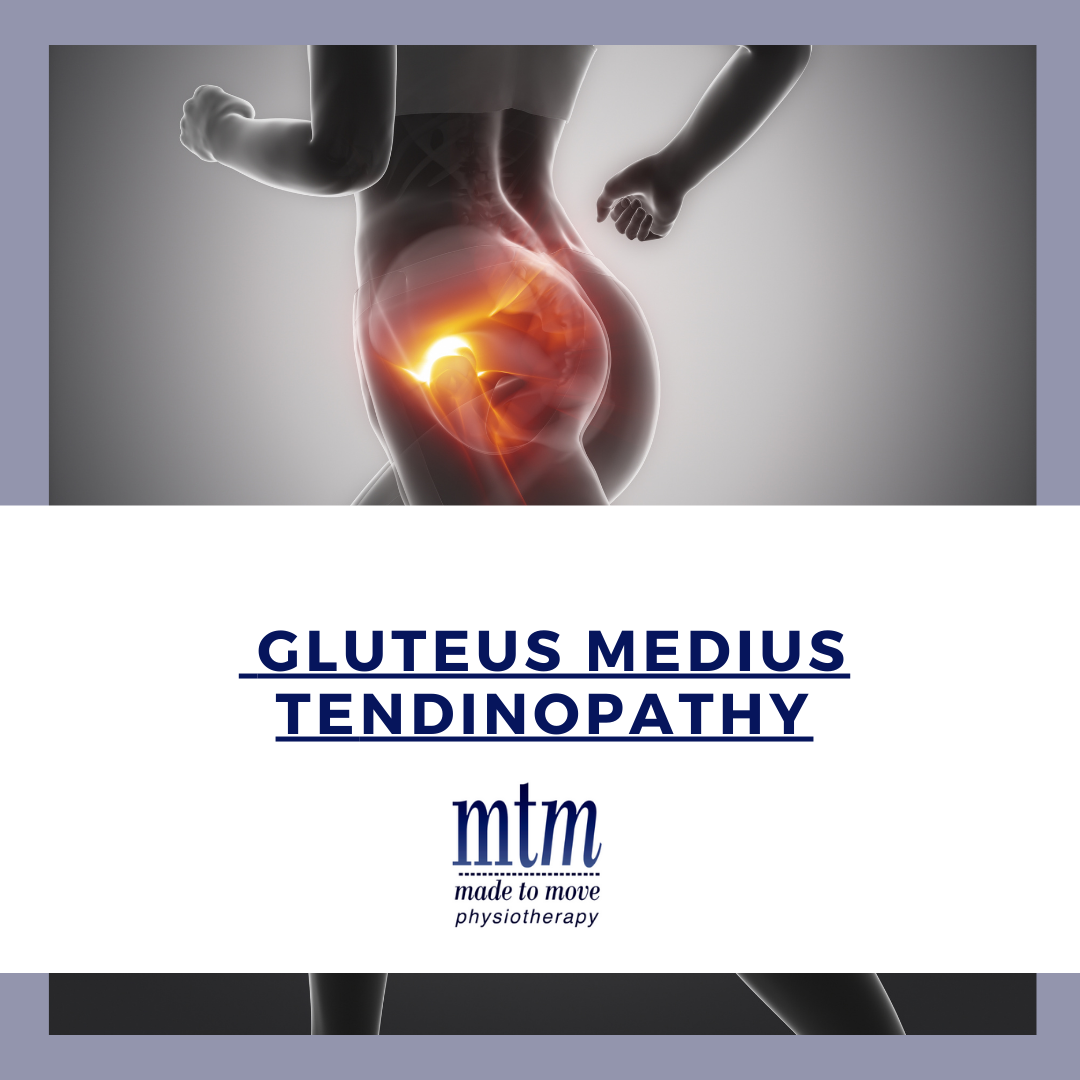
The symptoms include lateral hip pain, often worse at night when sleeping on the affected side or even on the opposite side. Pain is usually worse in the mornings or when getting up from sitting or squatting, climbing stairs or sitting cross-legged. The pain usually comes on slowly, sometimes triggered by a change in fitness routine or increasing activity.
The most common diagnosis given for these symptoms is greater trochanteric bursitis, which is a collection of fluid in the bursa or sac of fluid over the protruding bone at the side of the hip. However many women have an underlying tendinitis in the deeper gluteal muscles, which attach to the greater trochanter. Fluid from the tendinitis then collects in the bursa. If you palpate around the protruding bone it is often very tender. The bursitis can be treated, most commonly with steroid injection, which will relieve the symptoms temporarily in many cases, but unless the underlying cause is also treated, often the pain will return.
Physiotherapy management involves settling the pain initially with local treatment such a massage, dry needling, local electrotherapy and stretching. Management strategies at home may involve avoiding certain activities such as sitting with crossed legs, sleeping with pillows between legs, avoiding crossing legs or standing on one leg and carrying children on one side. We also look at correcting biomechanical issues with gait or over pronation, which can pre-dispose to this problem. Finally and most importantly we can prescribe an exercise program for the specific gluteal muscle weakness, which leads to the gluteal tendinitis, to prevent the pain returning.
This is a common and quite debilitating problem, especially when it interrupts your sleep. However if you get on top of it early, it is much easier to treat.
Andrea Munt
Physiotherapist
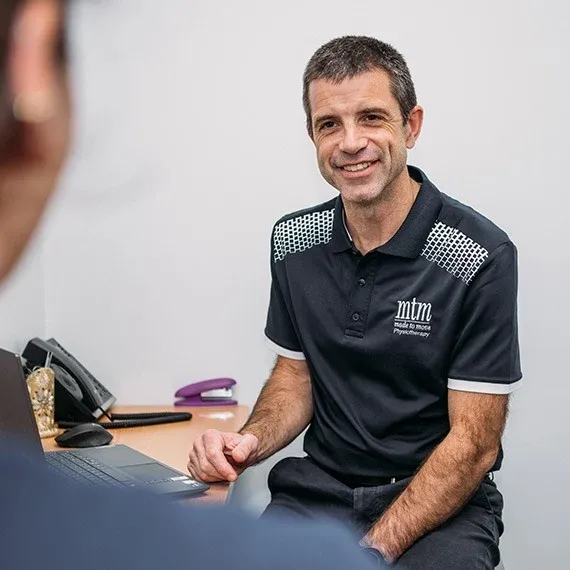
Ask a Physio
Not sure whether you are appropriate for Physiotherapy?
Fill out the form and one of our physiotherapists will be in touch with you within 24 hours.











